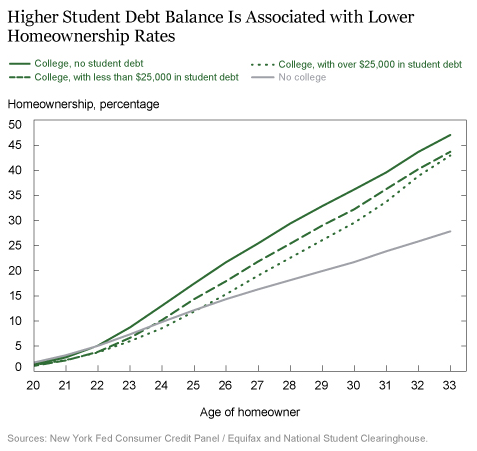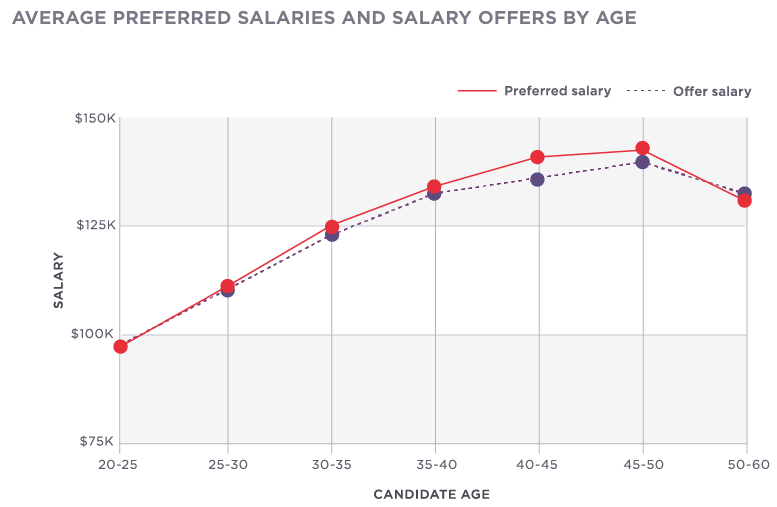The world is millennial crazy. If you read this blog you know I think about 99% of the millennial stuff is pure B.S. (we were all young once, it’s mostly great, but sometimes sucks, buy a helmet!), but every once in a while I find something that really hits home.
Student debt is the real deal!
I’ve gotten up close in personal with this. I have two kids in college who are just starting down this debt path. I also have a brother who is a millennial who gets punched in the gut each month he has to make his mortgage-sized student loan payment! Great white collar, professional career, well paid, can’t even think about buying a house. That sucks!
Take a look at his chart:
So, if you truly want to attract great millennial talent you need to do a couple of things:
1. Offer as a sign-on to pay off their student debt.
2. Offer home buying, mortgage assistance.
Why? Turns out employees who own a home, stay around a lot longer, are more productive, and I work for a company that cares enough about me to help me with my student loans and to buy a house, I’m probably a bit more engaged as well!
Here’s the other dirty little secret we know in HR. Let’s say you have a program that pays off student loan debt for employees. With those agreements, you usually have an amount per year payoff (I.E., We pay off $30K, you give us three years of service, or pay us back the money, or something along those lines).
Very few employees leave you after they’ve been employed with an organization for three years. Three years is that tipping point where you decide you’re all in, or all out. So, your job as an HR leader is to get them past three years! Okay, every organization has their own tenure tipping point, but on average most are around three years. Go find yours!
One other item from the chart that sticks out like a sore thumb? No college degree means you’ll more than likely never own a home. That sucks! Guess what, we all have people in our organization without college degrees. These folks need our help with major financial situations, like buying a home, more than any of our employees.
We should be able to figure this out as well. What would stop an employer from offering home buying assistance, for years of service, to their employees? Nothing. But we don’t do it because we see ‘those’ employees as easily replaceable. So, why put in the extra effort?
Employees are our most valuable asset, well, unless, you know, you only make $15 per hour, then you’re just an asset, not really that valuable. Isn’t that what we’re really saying?
Long, story, short: Help your employees buy homes. You’ll never regret it.


